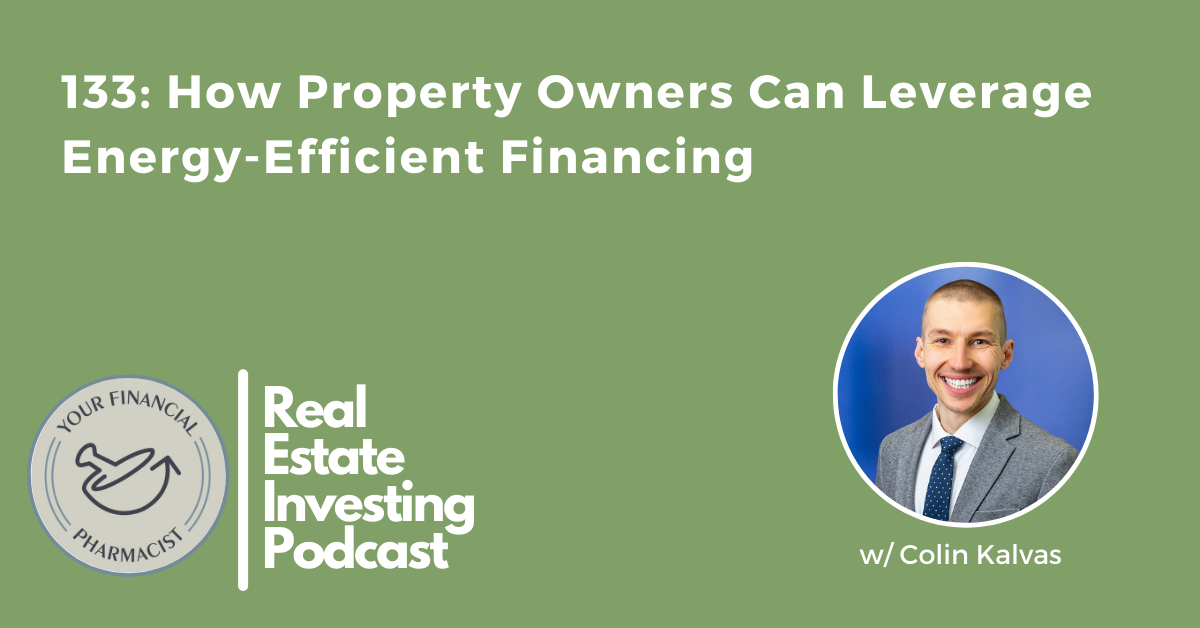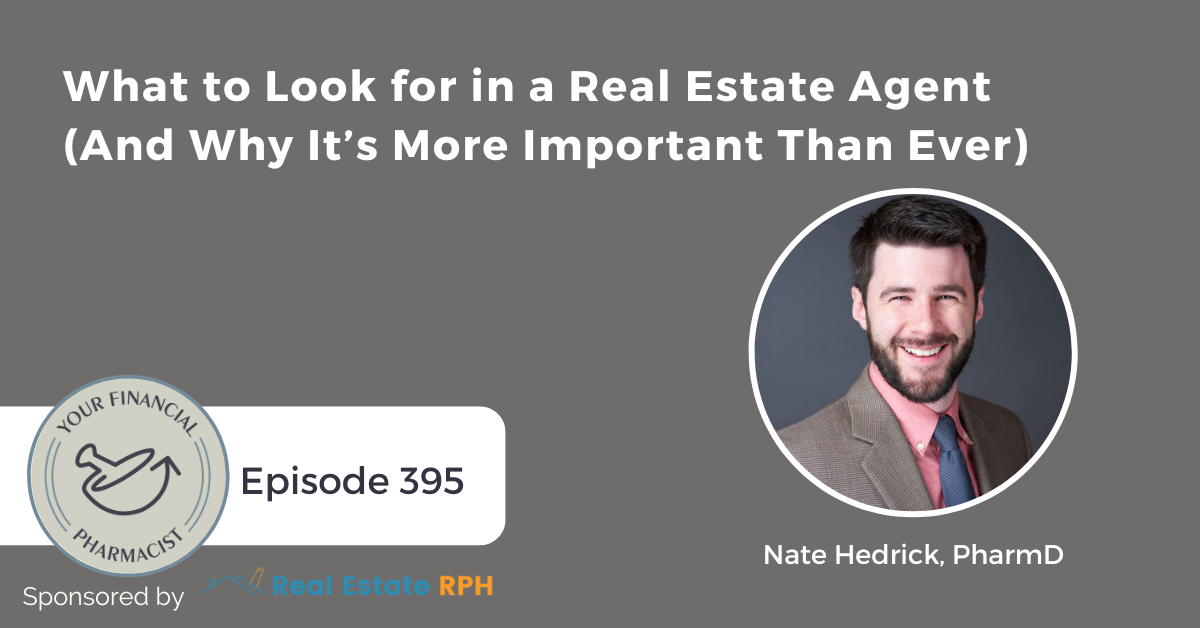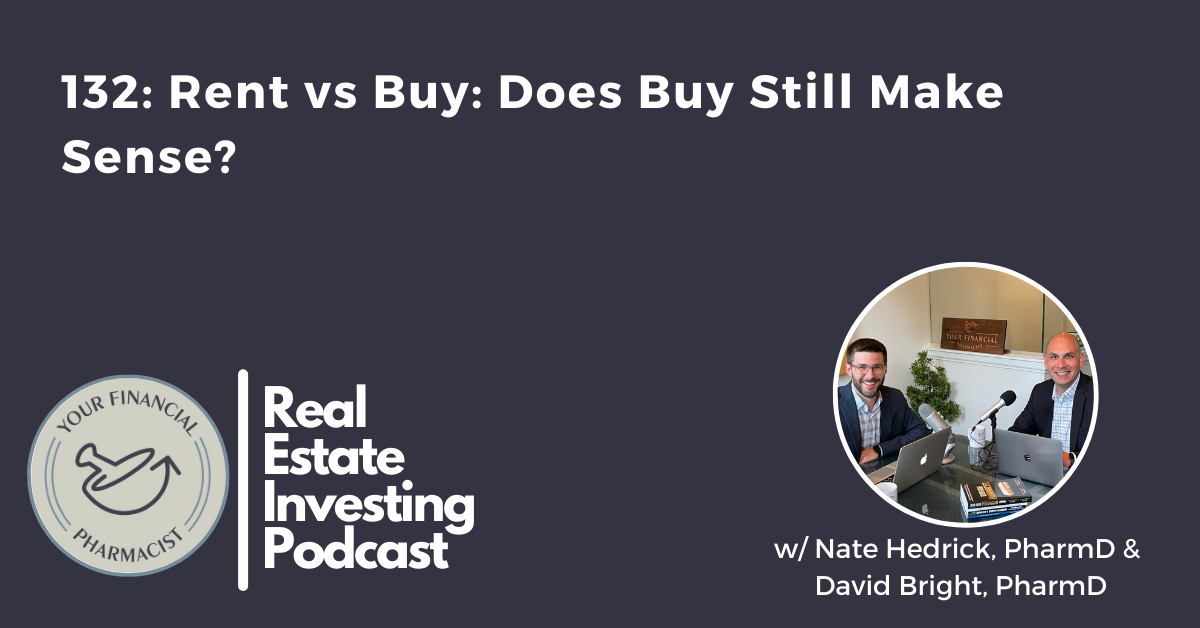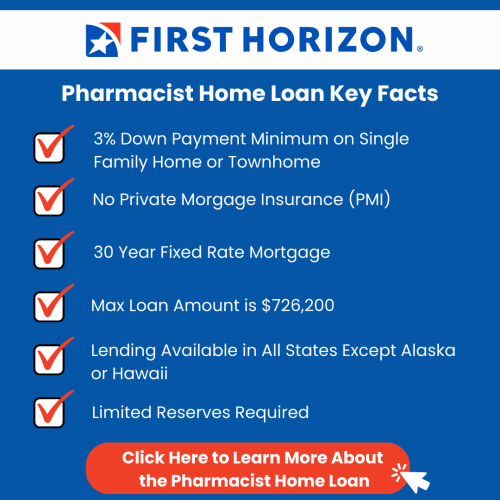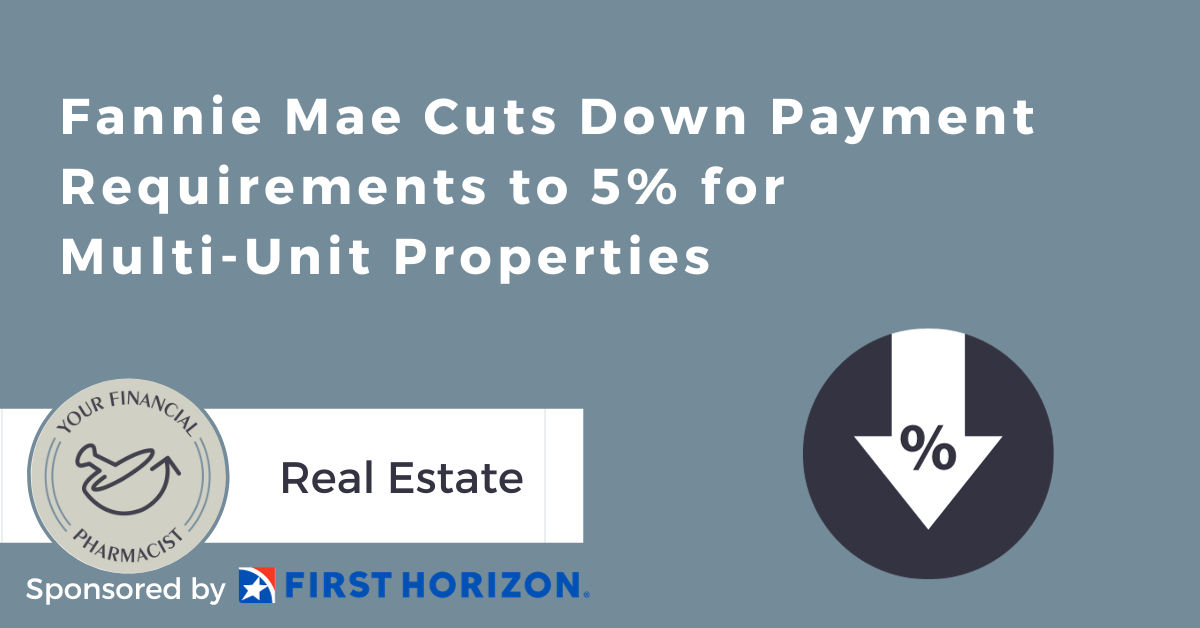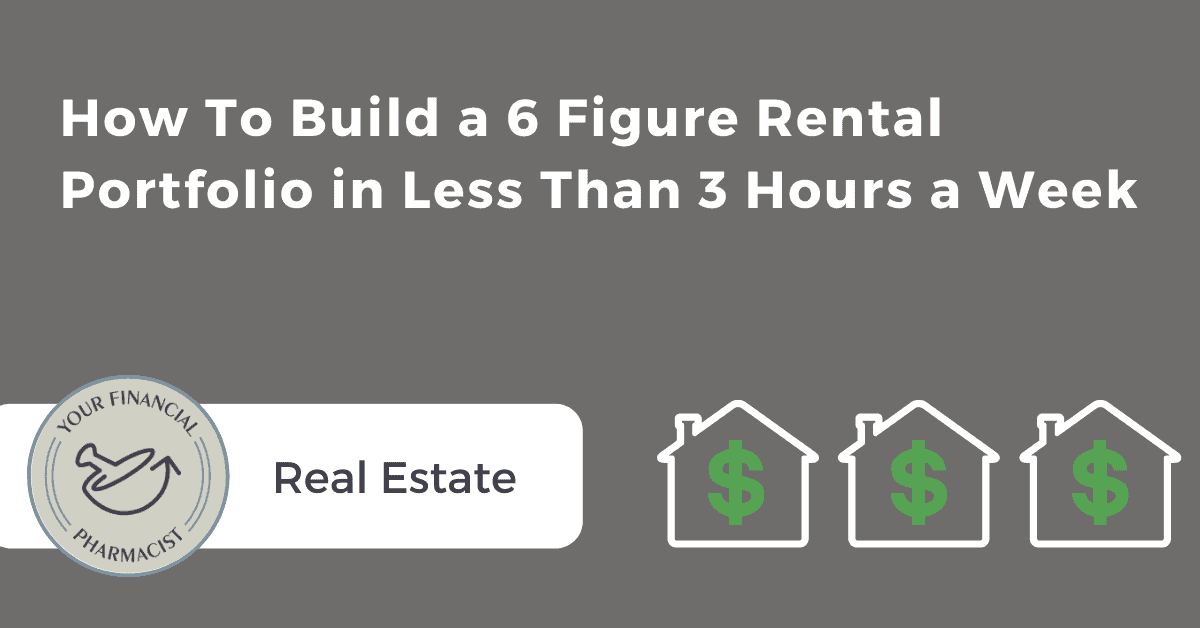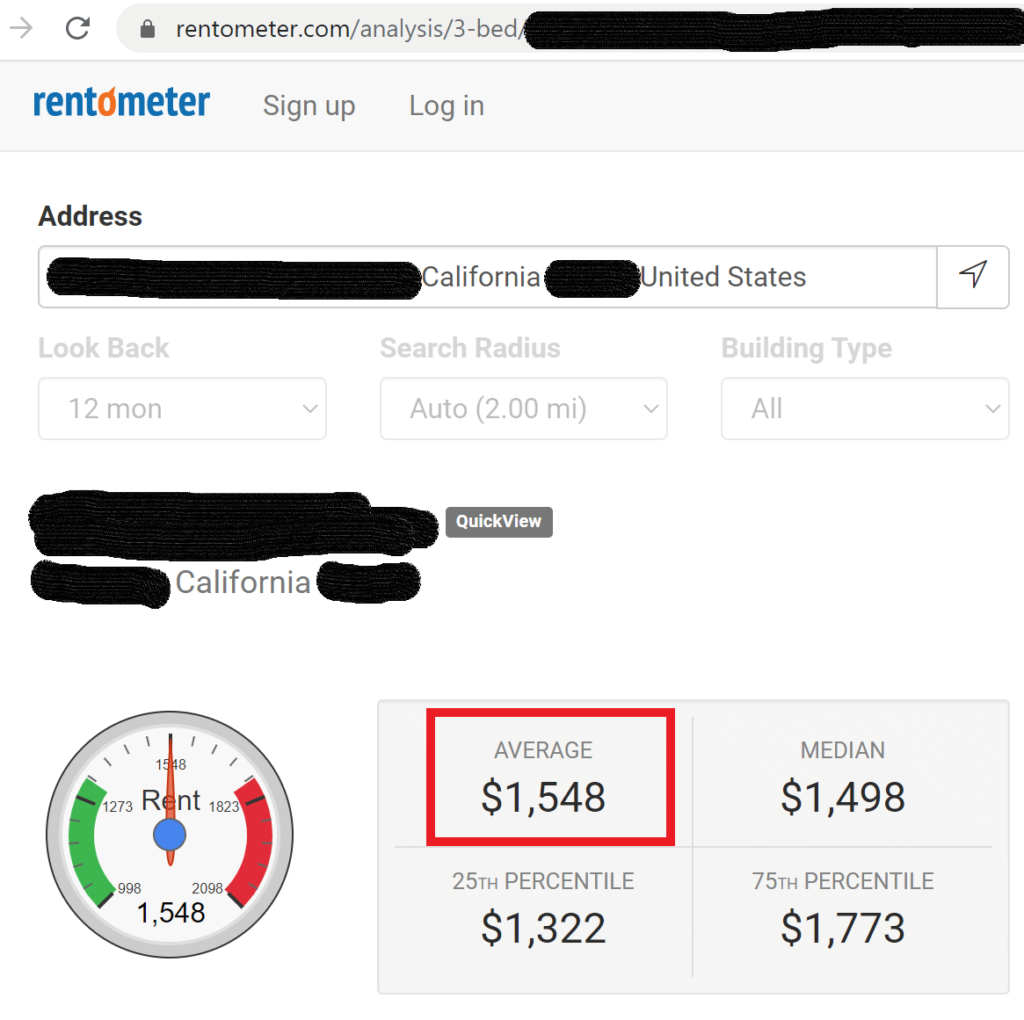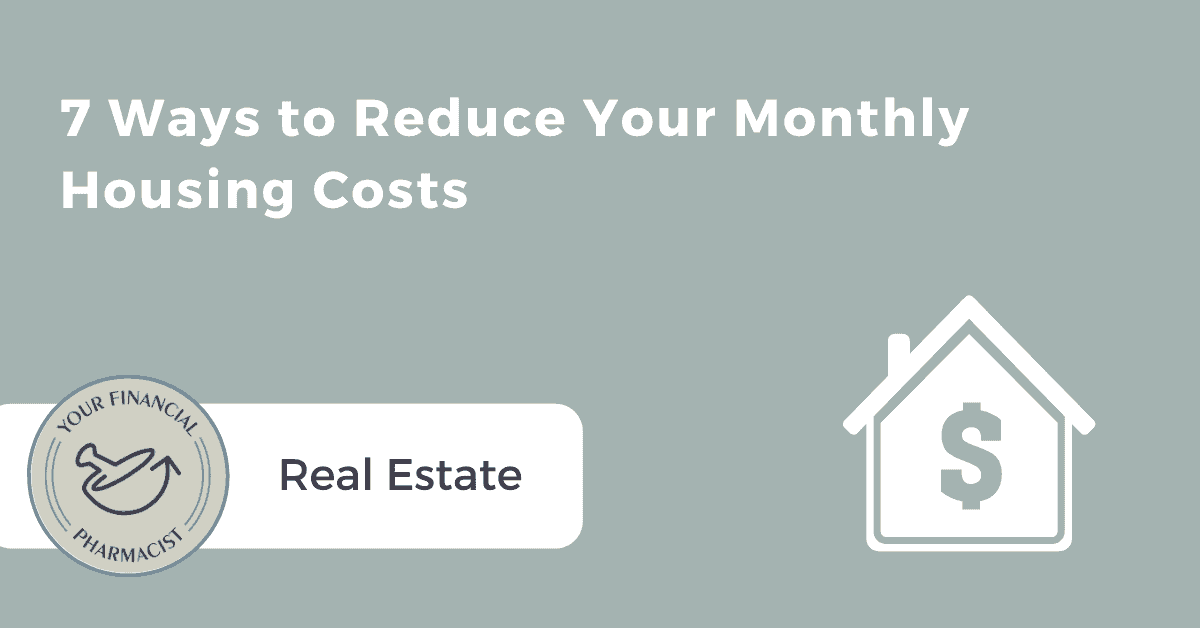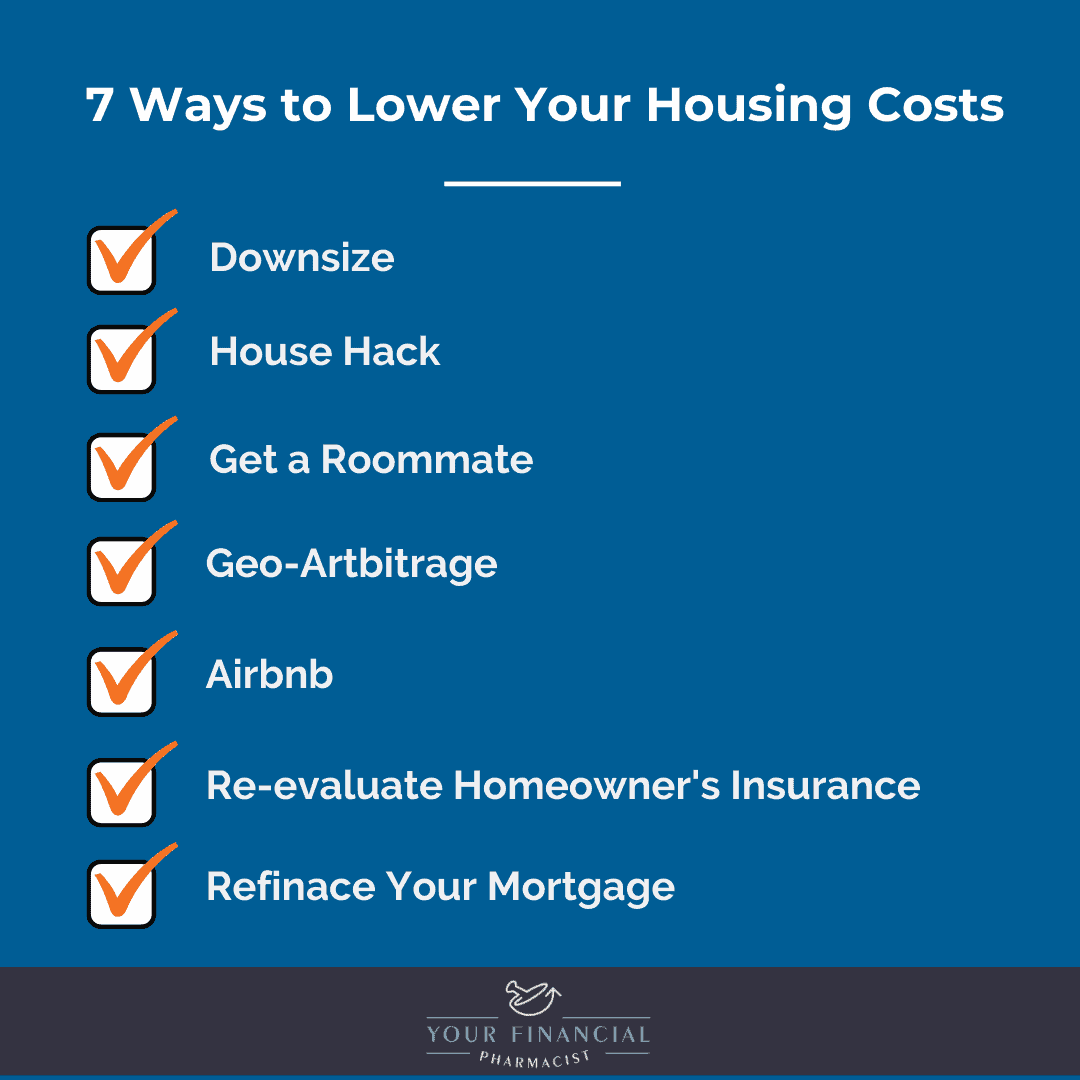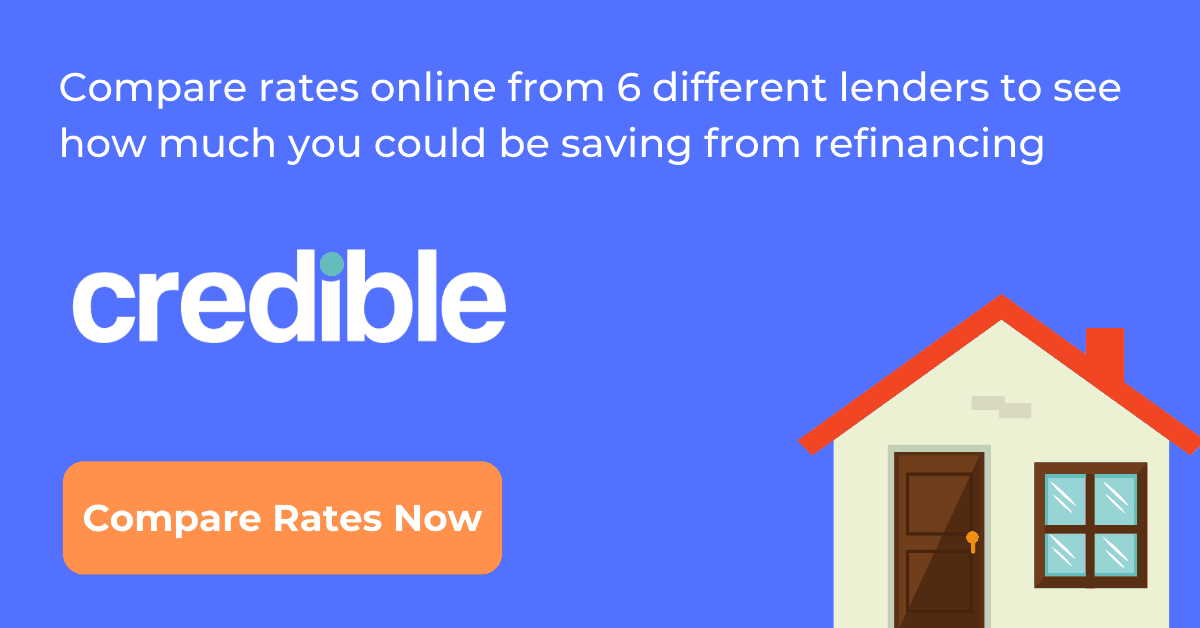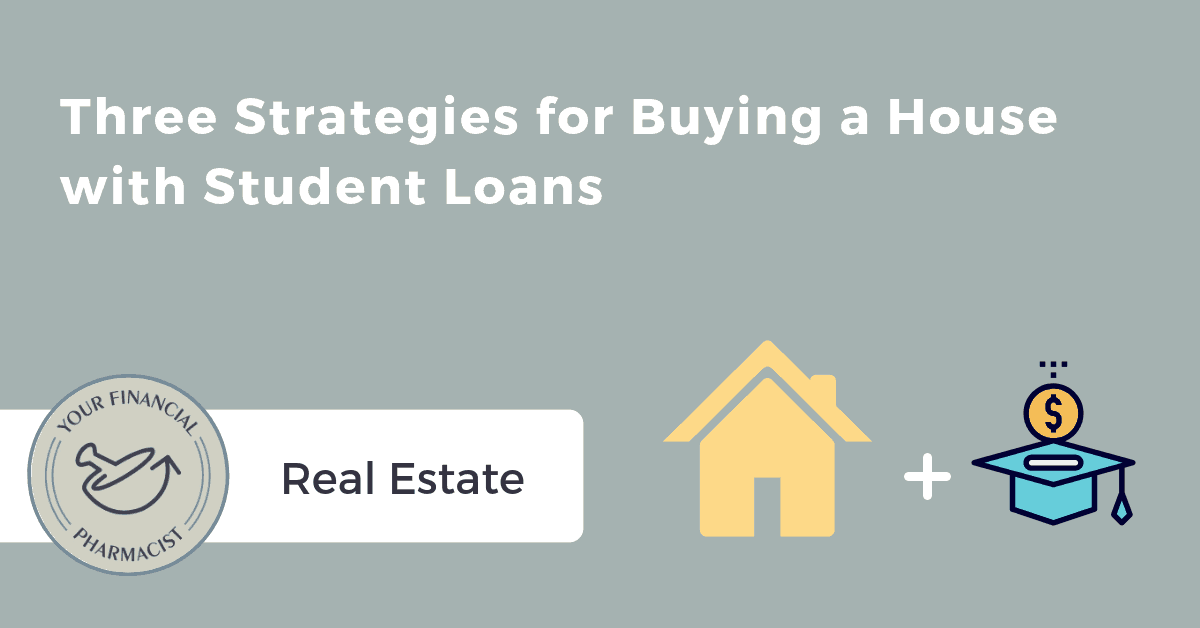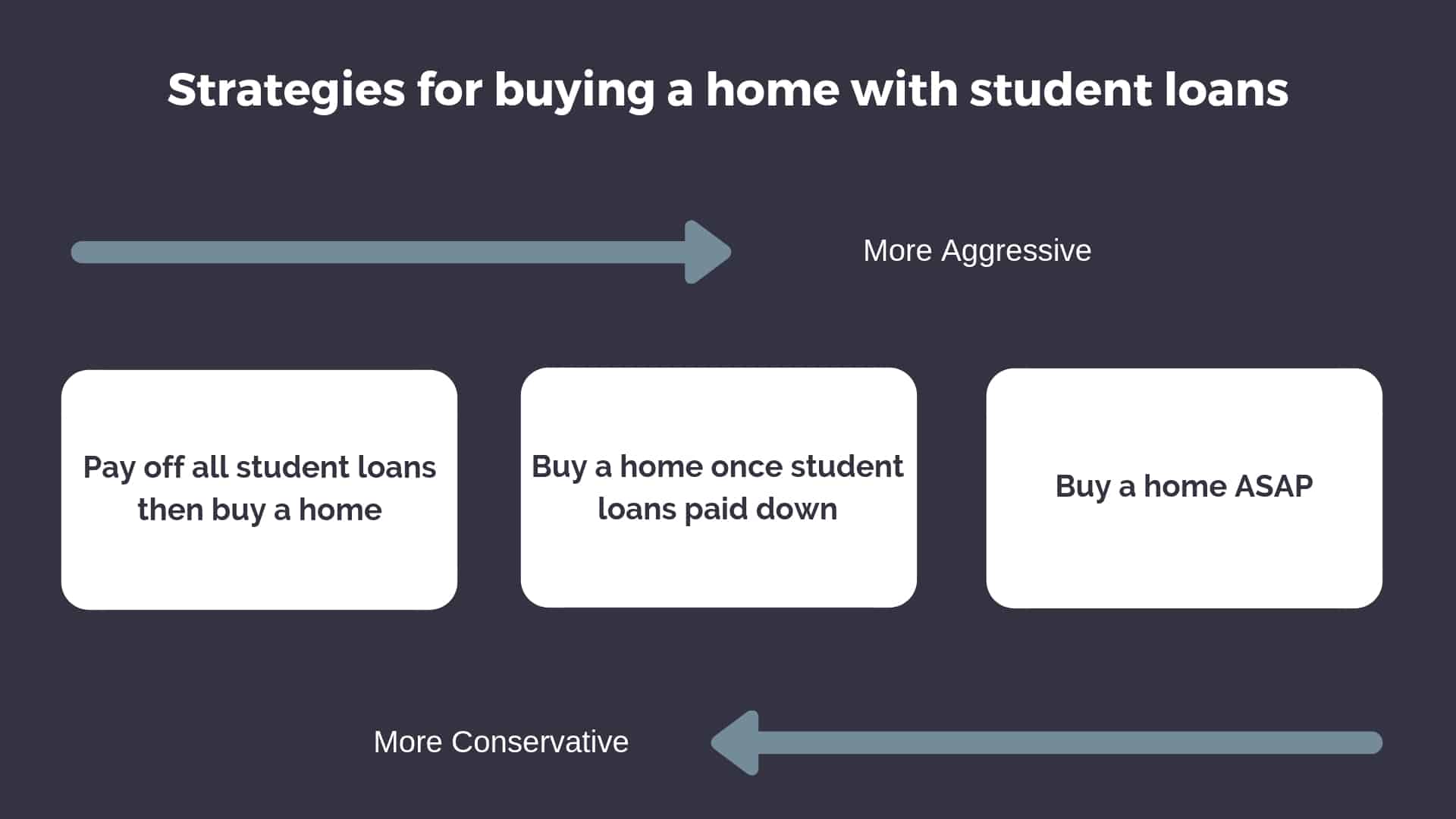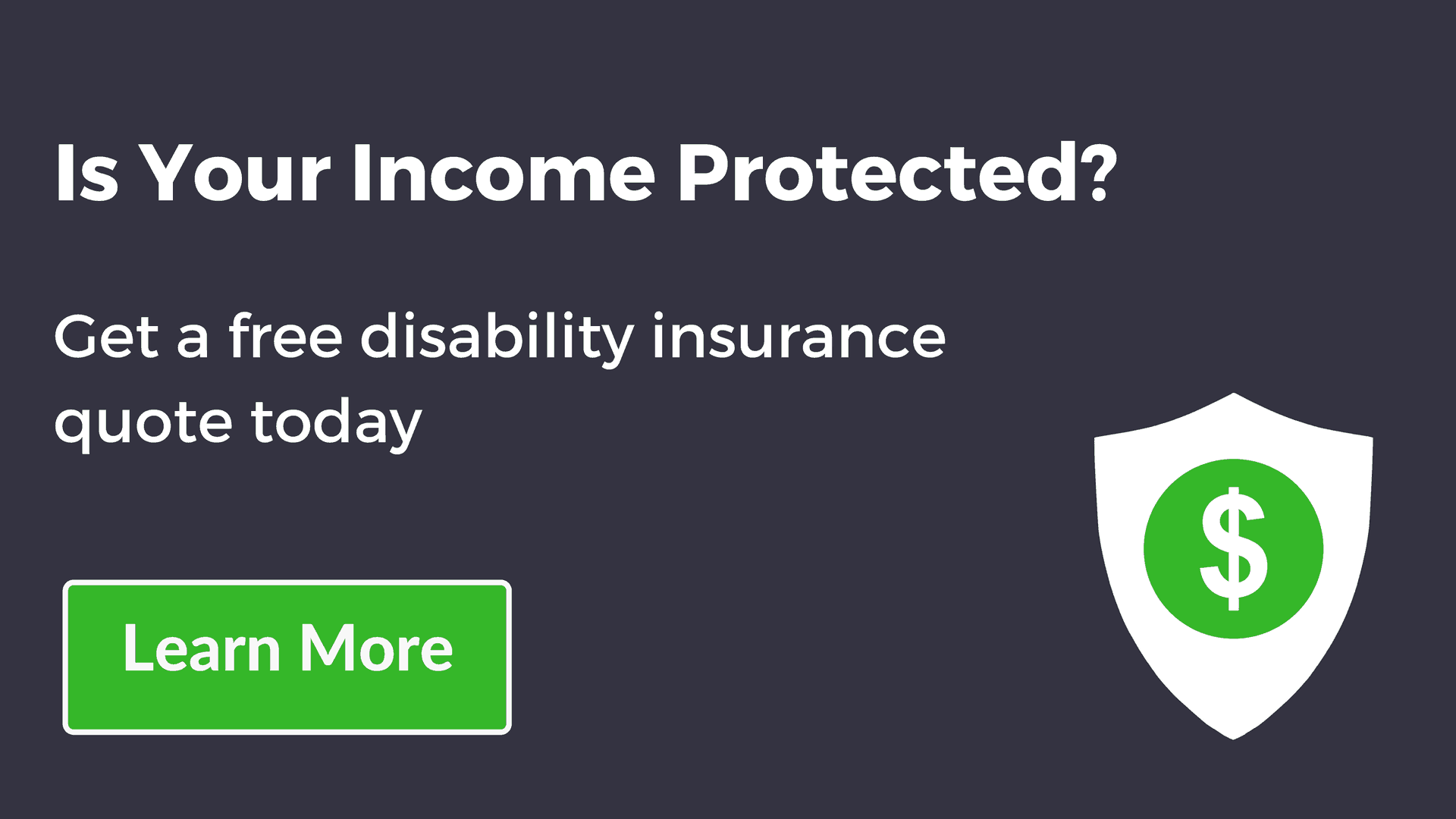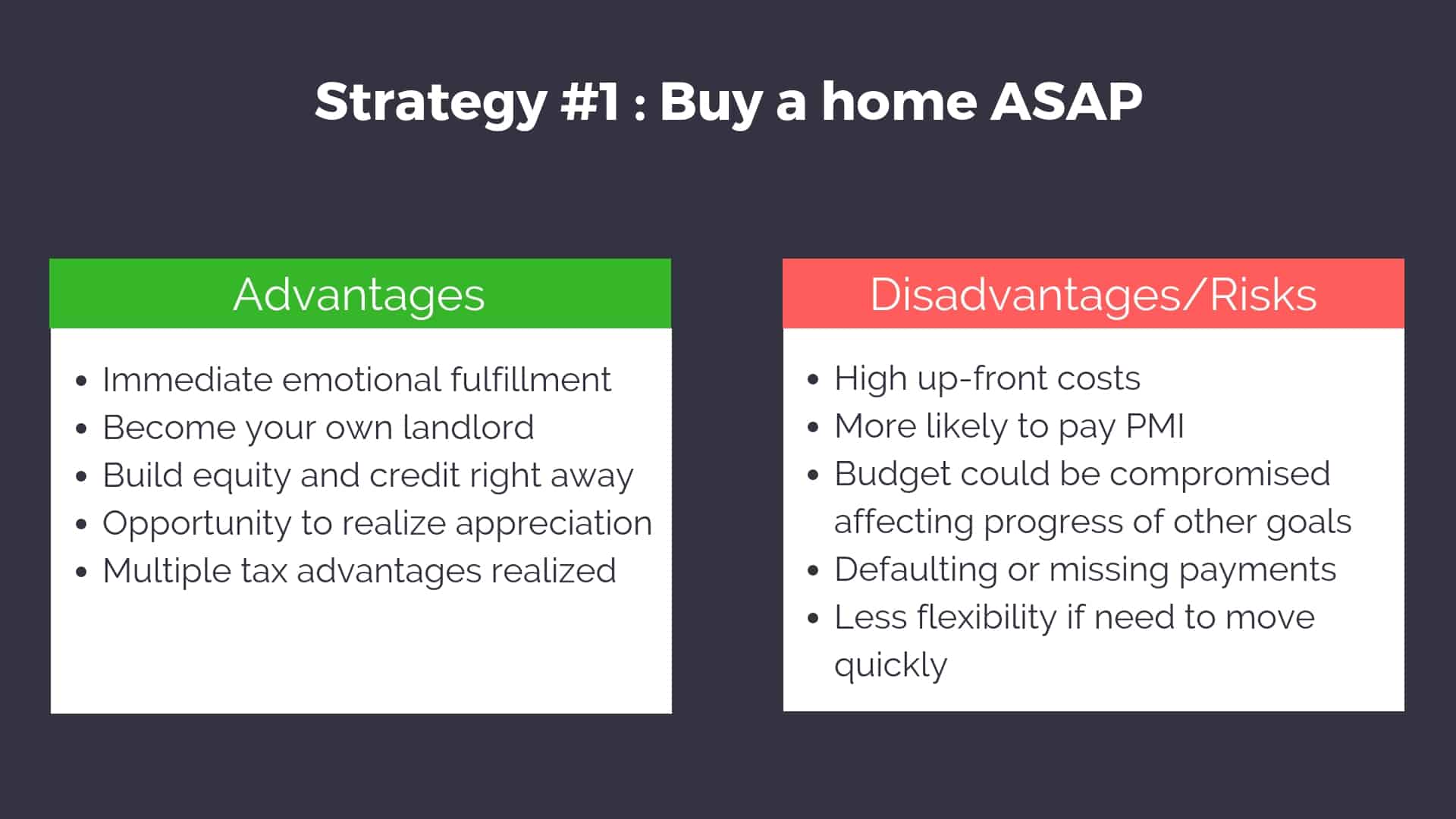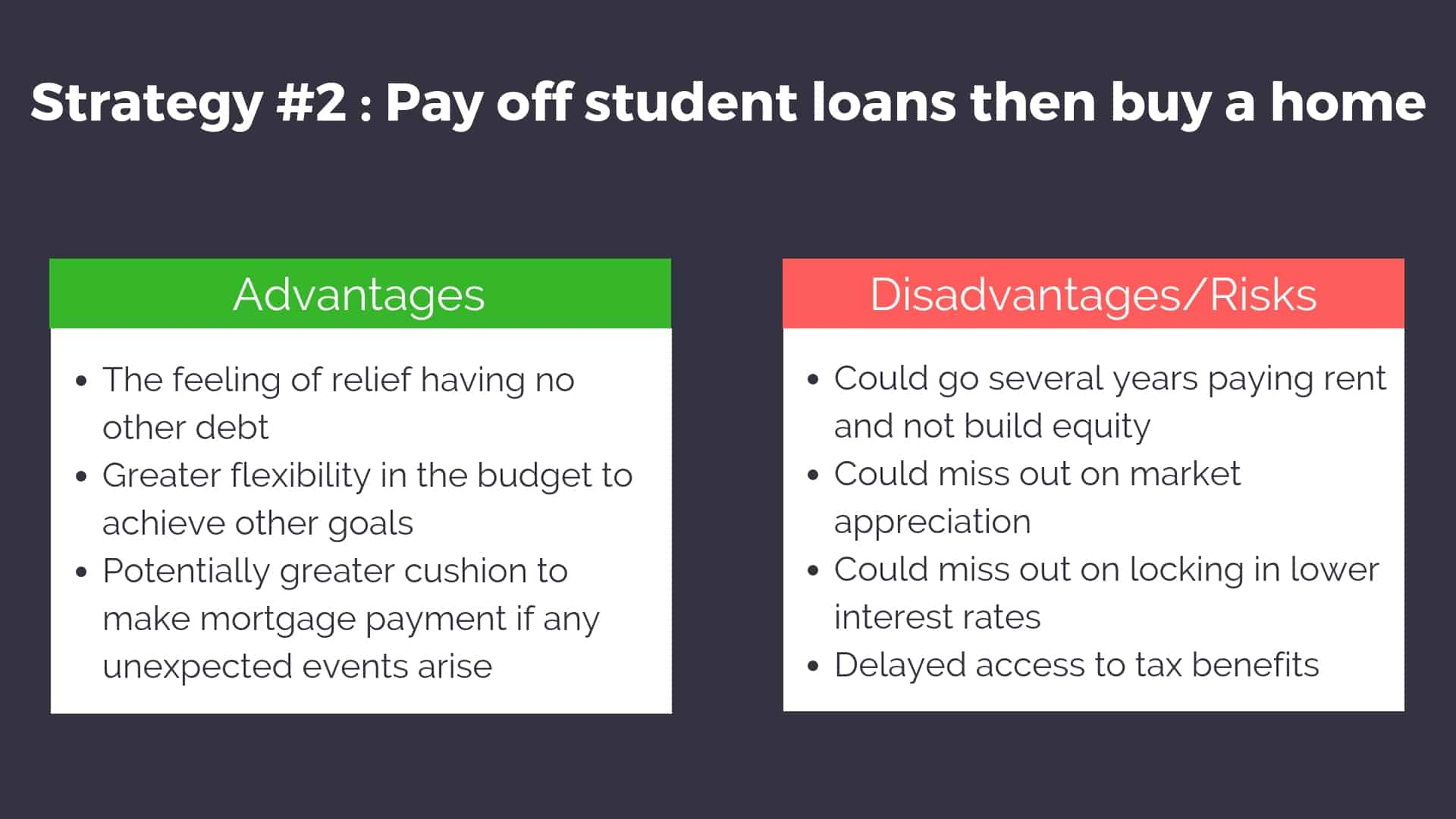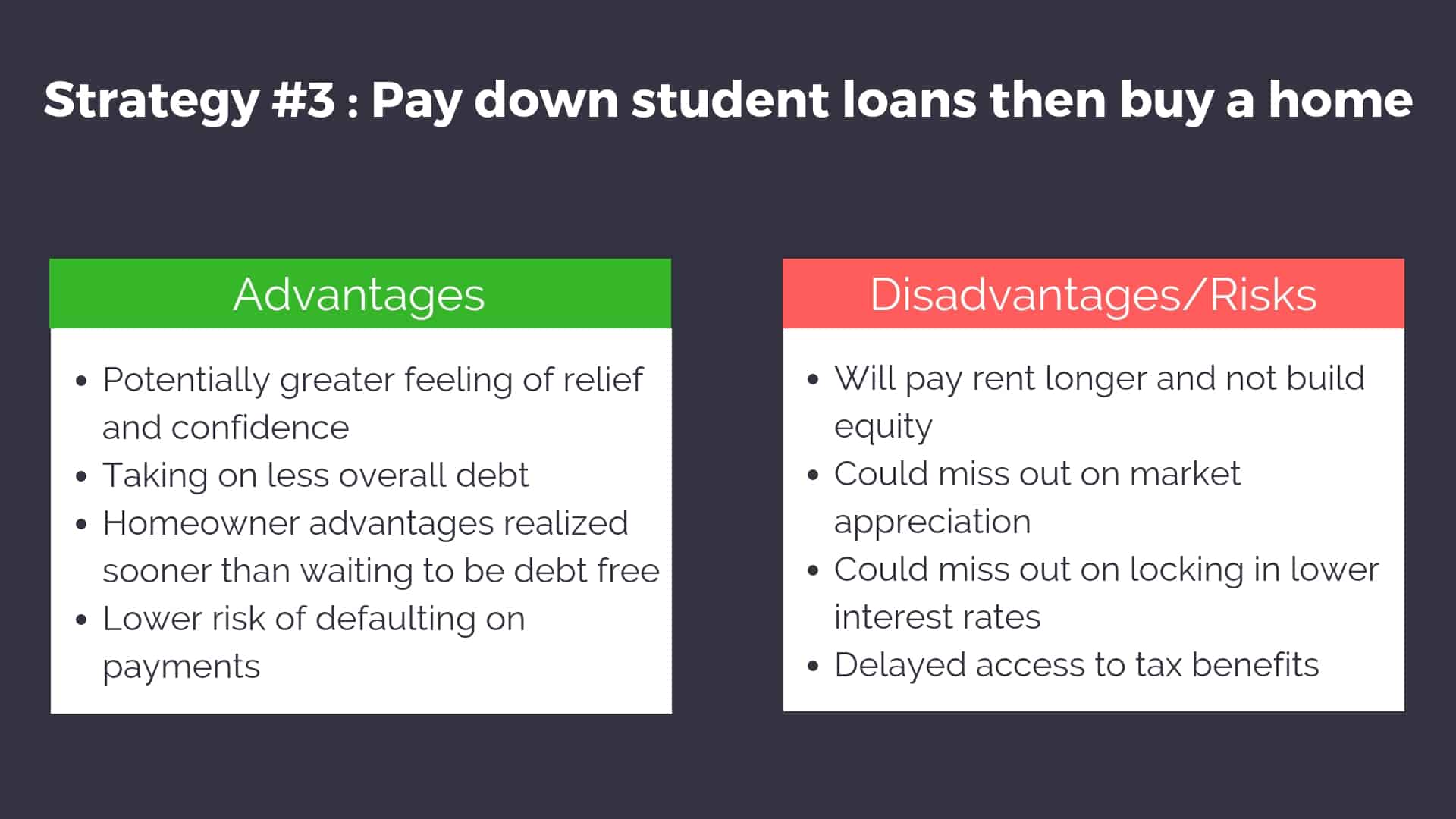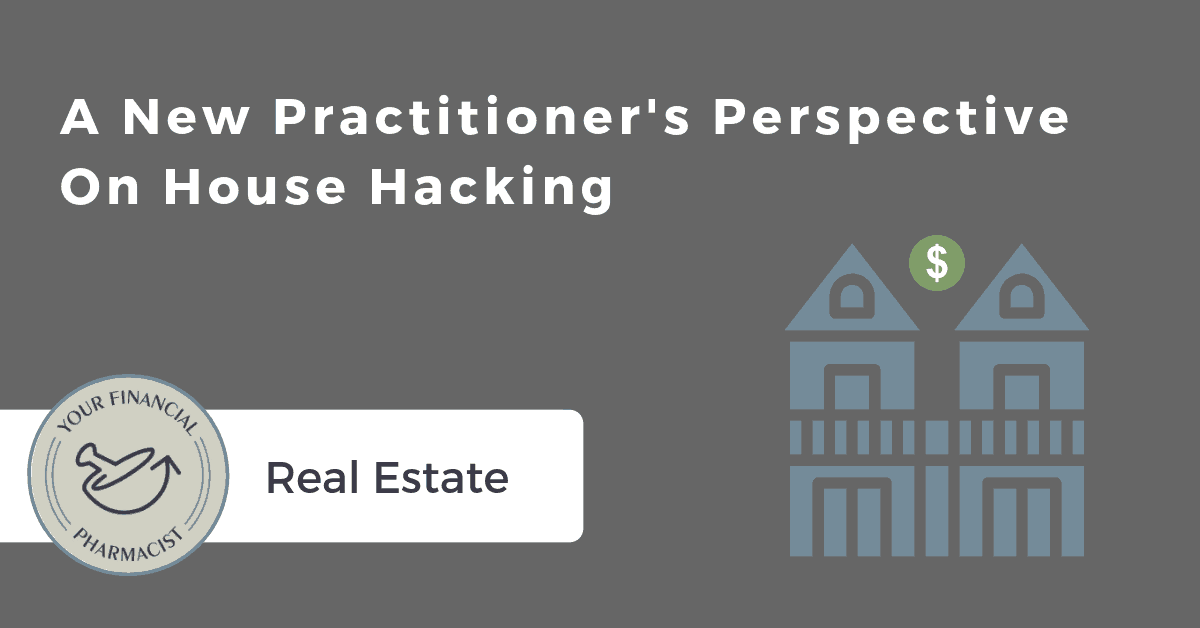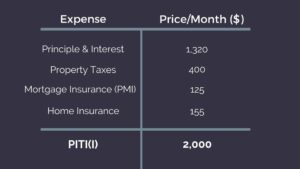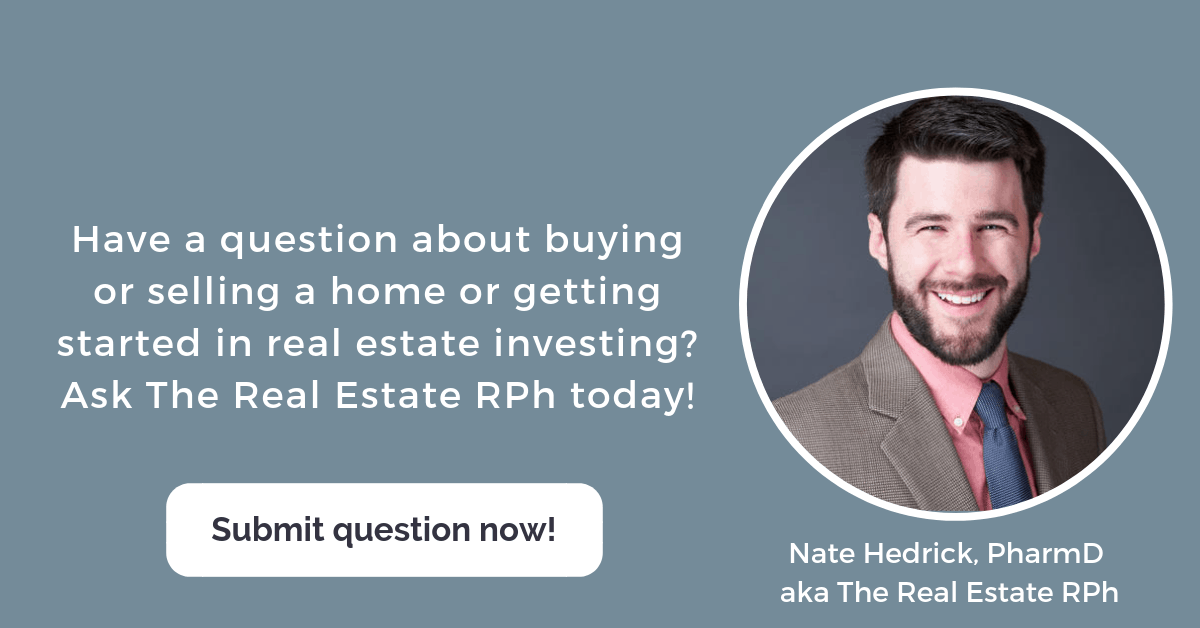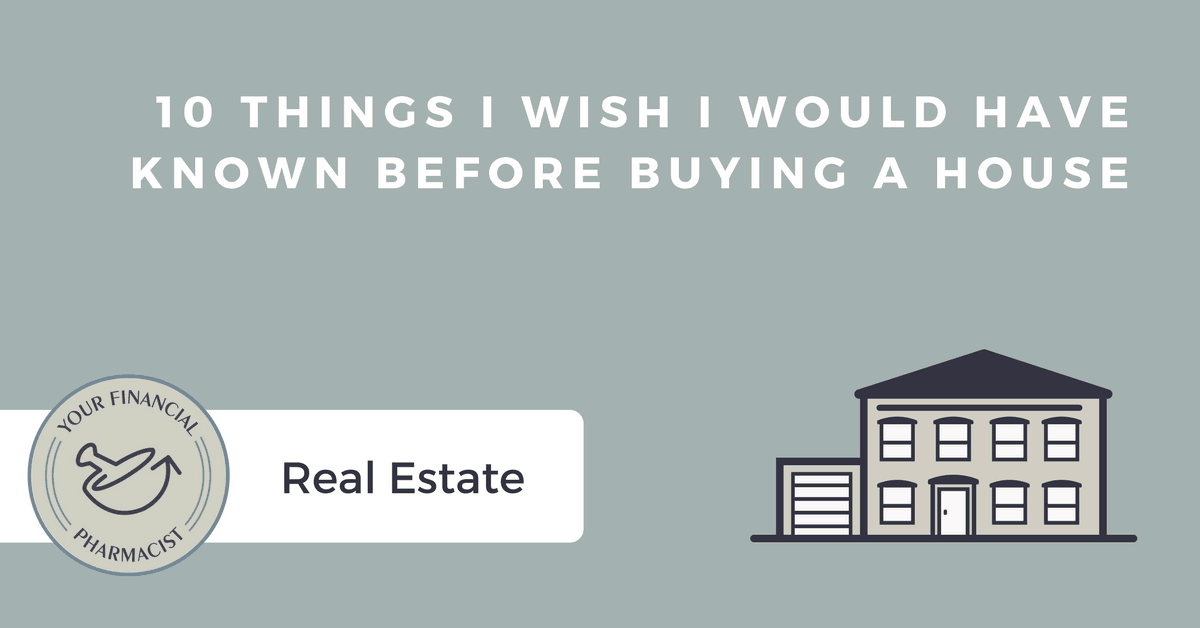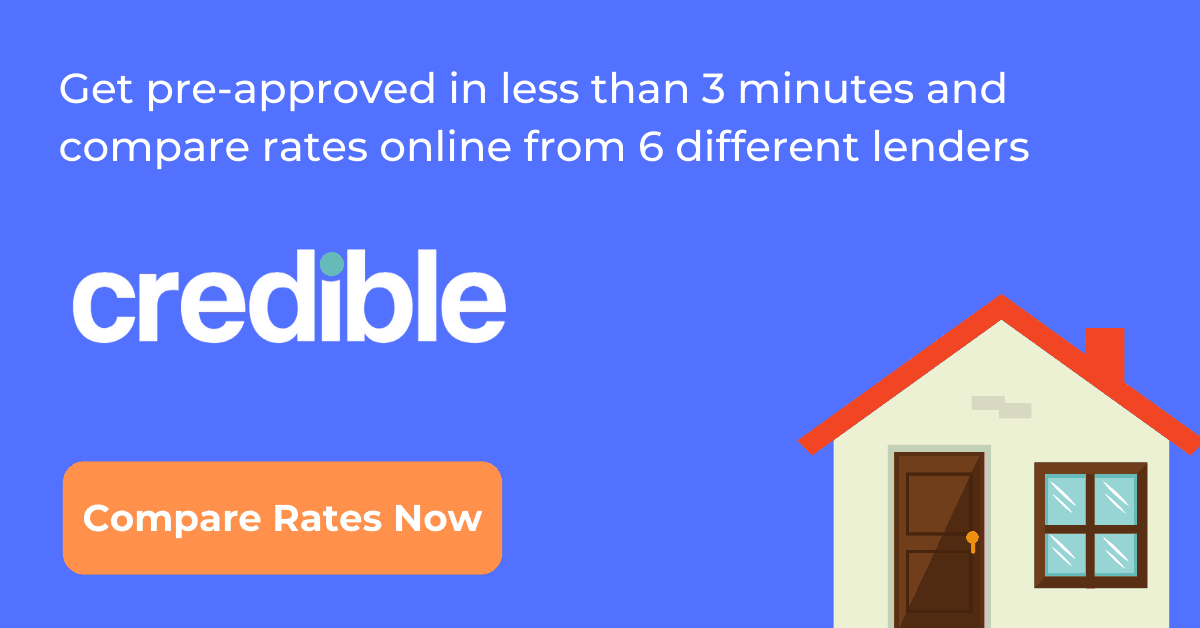Attorney Colin Kalvas discusses PACE (Property Assessed Clean Energy) financing, including its origins, mechanisms, and applications for residential and commercial property owners.
Episode Summary
In this episode, Colin Kalvas, a public finance and economic development attorney, joins Nate Hedrick, PharmD and David Bright, PharmD to explore the intricacies of PACE (Property Assessed Clean Energy) financing. They discuss its origins, mechanisms, and applications for both residential and commercial property owners.
About Today’s Guest
Colin Kalvas is a public finance and economic development attorney with Bricker Graydon in Columbus, Ohio. Colin serves political subdivisions, financial institutions, developers, and special purpose districts in many different capacities. He represents clients on economic development incentives, public-private partnerships, project financing, municipal bonds, federal income tax law, securities law, contracts, property development, and governmental revenues.
Colin has been at the forefront of developing property assessed clean energy (PACE) financing in Ohio. His PACE efforts include serving as counsel to PACE administrators and energy special improvement districts, as well as serving as bond counsel and capital provider’s counsel to entities that finance energy efficiency and clean energy projects through PACE.
He is well known within the national PACE community and regularly speaks at national PACE conferences. He has extensive experience negotiating, documenting and closing PACE transactions, including as part of complex capital stacks. Colin is frequently called upon to advise PACE capital providers of all kinds on transactional best practices and documentation.
Key Points from the Episode
- [00:00] Welcome and Introduction
- [00:37] Colin’s Background and Legal Disclaimer
- [01:51] Understanding PACE Financing
- [04:27] Residential vs. Commercial PACE
- [08:35] Pros and Cons of PACE Financing
- [13:52] Regulations and Safeguards
- [16:22] Practical Considerations for PACE Financing
- [32:24] Future of PACE Financing
- [35:09] Conclusion and Contact Information
Episode Highlights
“ One of the things about PACE that always has to be kept in mind is that because it’s a public financing mechanism, and it’s using this special assessment mechanism, it’s going to be state law specific.” – Colin Kalvas [6:58]
“ PACE is going to be most effective in a situation where you can replace a significant amount of either cash or partnership equity or junior debt that you would be thinking about putting into a project. That’s when it’s going to be the most effective.” – Colin Kalvas [31:24]
“ It’s when you kind of have a gap where, you’ve got the amount of equity in that you need, you’ve got your senior lending, but you’re still trying to figure out how to pay for these other items. That’s where PACE is probably going to be the most effective.” – Colin Kalvas [32:07]
“It [PACE] was originally conceived of as advancing energy efficiency and alternative energy policy goals, but where it’s actually been really effective is in promoting investment in buildings – kind of the economic activity of that – and job creation.” – Colin Kalvas [33:58]
Links Mentioned in Today’s Episode
- PACENation
- Connect with Colin Kalvas on LinkedIn
- Email Colin Kalvas: [email protected]
- Your Financial Pharmacist
- YFP on Instagram
- YFP Facebook Group
- YFP YouTube Channel
- Subscribe to the YFP Newsletter
- YFP Disclaimer
- YFP Real Estate Investing Facebook Group
- Nate Hedrick on Instagram
- David Bright on Instagram
- YFP Real Estate Investing Website
- David Bright on LinkedIn
- Nate Hedrick on LinkedIn
Episode Transcript
Nate Hedrick: Hey, Colin, welcome to the show.
Colin Kalvas: Hey, thanks Nate. Thanks so much for inviting me on.
Nate Hedrick: Absolutely, man. We, uh, this is a cool moment for me. I don’t often get to interview old time friends. We go way back to ninth grade. So this is cool to have you on the show. I was, I said before he hit record, like, it’s weird that our goofy friends grew up into like actual adults who know stuff. So really happy to have you on the show talking about real stuff.
Nate Hedrick: This is cool. Cool.
Colin Kalvas: It’s funny how that tends to happen, right? Yeah, we all grow up.
Nate Hedrick: Sometimes I feel like I’m waiting for the adults to show up in the room and, uh, we’re, we’re them. So I guess this is it.
Colin Kalvas: There we go. There we go.
Nate Hedrick: So why don’t we jump right in, give everybody a little bit of just background on yourself [00:08:00] and some of your training. Um, and we can, we can dive in from there.
Colin Kalvas: Sure. Well, my name is Colin Kalvas and, uh, I am a lawyer. And I guess, uh, because I went to law school and, uh, you know, the punishment that I have for that, I should say, as we get into this, uh, I am a lawyer, but I’m not anybody who’s listening to this is lawyer. And so, uh, none of what I say is legal advice.
Colin Kalvas: And if you need some legal advice, I would suggest that you find or talk to, you know, the lawyer that you trust, um, coming out of law school, I was fortunate enough to find a job with a law firm that has. What we call a public finance practice, and that, you know, mainly deals with public entities and how they either pay for their own assets or can help in public private partnerships with private parties, uh, to make development work.
Colin Kalvas: So, uh, in that context, I got involved with a number of different kinds of public private partnership [00:09:00] tools that are used for development, uh, and one of them is property assessed clean energy or PACE financing, which is, uh, we’re going to talk about today.
David Bright: Yeah. So let’s jump into that then. The property assessed clean energy, which I hear more often as PACE financing, uh, can you walk us through what that is? Big picture zooming out. What does that mean and what kind of things might that apply to for a real estate investor?
Colin Kalvas: Yeah, absolutely. Um, the biggest thing to keep in mind with PACE is ultimately it is a, a source of financing. So when you compare sources of financing, you might think about, you know, traditional mortgage lending. You might think about partnership equity. You might think about equipment, leasing or equipment financing pace is another type of financing and kind of always have to keep that in mind.
Colin Kalvas: Because when we start to get into the details, there’s a number of different players involved. It can get a little bit complicated, but at the end of the day, this is a way [00:10:00] for a property owner to access funds to do upgrades to their property. Um, and it’s, it’s again, it’s a little bit different than some of those other sources, but ultimately it’s a, it’s a financing source. So pace is a financing source that uses a public mechanism. To pay for typically private improvements and what happened back, uh, going on about 15 years ago now, our local governments around the country sort of perceived that there was a need to invest in upgrading our building stock. We had a lot of aging buildings that really could use energy efficiency upgrades.
Colin Kalvas: There was also a lot of momentum behind trying to incentivize folks to look at alternative energy improvements like rooftop solar or micro wind or geothermal. And what a lot of policy makers perceived was there’s an opportunity for us to use what has traditionally been a public financing mechanism to [00:11:00] incentivize this public policy that we want to achieve.
Colin Kalvas: Increasing the energy efficiency of buildings, incentivizing alternative energy. So, what a number of different state legislatures did was authorize. Local governments to put what are called special assessments. On property as a way to both secure and repay. Upfront financing that the property owner can get to pay for those eligible kinds of improvements.
Colin Kalvas: So you can see where it starts to then get a little bit complicated because you’ve got a government involved. You’ve got a property owner involved. You’ve got a lender involved. Um, but again, it’s really just a financing source and it’s using special assessments rather than some of the other kinds of things that other sources of financing might use.
David Bright: Yeah. And then what, what would be some other examples of, uh, the clean energy updates? That might play in for, you know, especially some of the, uh, smaller residential units. Or is that not really the typical focus? [00:12:00] Is this typically more of a larger commercial building kind of thing?
Colin Kalvas: Yeah, it’s a really good question. And actually, over the history of PACE, the answer has probably been a little bit different at different times.
David Bright: Okay.
Colin Kalvas: So Pace really started out as a residential effort, um, in California and Florida as kind of the tip of the spear, there was a lot of investment in residential Pace and what homeowners in those places were experiencing, uh, and using Pace for were kind of standard things like HVAC upgrades, you know, you have an air conditioner that goes out, you want to upgrade it, you think, I might as well go for the more energy efficient model.
Colin Kalvas: This is a way to help me pay for it. There was a lot of investment, um, done in that kind of mode, but also the rooftop solar, as you can imagine, in places like California and Florida. Um, very good environment for rooftop solar. Incentives available to try to help bring down the cost of those things and then pace was a source of financing that could help pay the [00:13:00] costs that you are.
Colin Kalvas: You know, obligated to pay so for a while. It was really heavy in the residential space. Um, I think once. Things sort of started to develop in that area folks perceived. Well, we could really use this for commercial as well. And the capital markets sort of started to see pace as something that, um, they could understand and underwrite and that they could put.
Colin Kalvas: Bigger dollar amounts behind, and because of that commercial pace has kind of taken off and because of the project sizes and scopes, you know, it’s now a larger segment of the market than the residential side. Um, there’s also been some bumps in the road on the residential side, unfortunately, and that’s caused some contractions and a little bit of a, um, stagnation in terms of the expansion of residential pace.
Colin Kalvas: Um, but, uh, it’s still something that is is done and available in in Florida and to a lesser degree in California. Still.
Nate Hedrick: And so when, when you’re getting this financing, I guess my understanding [00:14:00] of it was that it’s not a typical loan, right? It’s still money being paid up front, but in terms of the payback, it’s not a typical loan payback. This is actually being attached to your property taxes. Is that, is that typical for all these projects you’re talking about?
Nate Hedrick: Or is that, is that the norm?
Colin Kalvas: Yeah, and, you know, 1 of the things about pace that’s, uh, always has to be kept in mind is that. Because it’s a public financing mechanism, and it’s using this special assessment mechanism, um, it’s going to be state law specific. So, you know, I was mentioning, like, residential pace in California and Florida that, um.
Colin Kalvas: In those states, you know, those things were authorized and the special assessment mechanism sort of followed the way that their property tax system works in those states. It’s a little bit different in every state, how that actually works, uh, but the key sort of fundamental thing with pace is that it is going to be a property tax item.
Colin Kalvas: And that has some advantages, and it kind of makes [00:15:00] pace work. The way that it does,
Nate Hedrick: And so how did you first get injected into this? Is it like something that, uh, you know, you yourself are not a real estate developer going out and getting these loans, right? You’re assisting the, these public entities with, with doing so. Is that, is that right? Or how are you involved in the day to day with this?
Colin Kalvas: yeah, it’s a great question. Um, you know, again, kind of coming from the public private partnership. Background, we had a number of local government clients that were interested in this. And, uh, kind of came to it from that lens, but over time have worked in a number of different capacities. You know, yes, on the local government side, but also a little bit on the property on our side and also on the pace.
Colin Kalvas: We call them capital providers is kind of the terminology on the pace. Capital provider side, that’s the folks that are, you know, giving the upfront. Upfront funding.
David Bright: So let’s, let’s unpack some of the pros and cons of where this might be a good fit, uh, different types of projects or different [00:16:00] ways that an investor could really leverage this as an opportunity to, to enhance their investing. So, uh, let’s start off with, are there, are there project types that really stand out to you as if you’re doing this?
David Bright: In this type of building, think about pace financing.
Colin Kalvas: yeah, that’s a great question. I think I can speak a little bit from what we’ve actually seen happen as maybe a way to address that. So, I would say that, um, on the commercial side. And when we say commercial, we should probably be clear in most states, a commercial. Asset is going to be something that has.
Colin Kalvas: For or more residential units, if it’s, you know, used for residential purposes, or then, obviously, anything that has purely commercial purposes, like an office building or retail or things like that. Um, but on the commercial side of the equation, I would say that, uh, multifamily certainly has been an area of a lot of pace investment.
Colin Kalvas: Uh, hospitality as well, by their kind of [00:17:00] traditional hotels, or even sort of more boutique bed and breakfast, things like that. Uh, senior living has seen a lot of pace investing over the years and, uh, to a little bit of a lesser degree office. And that’s a little bit tracking the overall market trend for office space, um, where we see pace, uh, a little bit tougher on the commercial side is on really specialty assets.
Colin Kalvas: So if you think about a big data center somewhere that’s built specifically for a specific user, or if you think about indoor agriculture, um, other types of really specialty assets, those can be hard, mainly because of the credit underwriting that the PACE capital provider is going to do. It’s not a super fungible asset, and therefore, They are going to have a hard time finding a new buyer in the event that there’s ever a need to sell the property in a foreclosure situation, and it just makes the underwriting tougher.
Colin Kalvas: Um, so it’s certainly on the multifamily side and hospitality and senior living, [00:18:00] uh, pace is kind of an easy proposition. The farther you get away from that and into more specialty types of assets, the tougher it can get.
Nate Hedrick: I guess it begs the question, is there like a minimum or a maximum? We’ve been talking about everything from, you know, big commercial, like a hotel down to like putting solar panels on a roof. Is there a minimum or a maximum for these types of loans or is it all across the board?
Colin Kalvas: Yeah, um, I would say there’s certainly no maximum, um, and that’s been an interesting development, uh, you know, even over the past year or so we’ve seen, um, you know, hundreds of millions of dollar amounts in in pace financing. Um, so the, the large side of the market is growing and there doesn’t seem to really be a ceiling to that on the small side.
Colin Kalvas: There’s probably sort of 2 lenses to think about that question from 1 is from, um, kind of a underwriting perspective. And another 1 is from sort of a cost [00:19:00] effectiveness perspective. So, on the underwriting side. Most pace capital providers are only going to be able to provide pace at up to maybe around 35%.
Colin Kalvas: At a, at the, at the most of a property’s value. And so when you’re talking about, you know, sort of small dollar value assets, um, the pace amount that could go in there, you know, might not actually be that significant. It might not be enough to pay for all the things that a property owner would like to do.
Colin Kalvas: Depending on the value on a cost effectiveness side, traditionally pace has been a little bit higher on the fee load because it is kind of complicated. You’ve got the government involved. You’ve got a number of different. Uh, sort of background diligence, things that need to happen. We can talk a little bit about that.
Colin Kalvas: That’s a little bit different than traditional lending. So the cost to actually transact and pace has been a little bit higher. 1 of the really [00:20:00] exciting things that we’ve seen in the last probably a year to 18 months are a number of. Small, local community banks and. Getting really involved in pace from the actual.
Colin Kalvas: Lending side. So there are traditional banks that are now using this as a source of financing with their customers and banks are really, really good at deploying capital and doing it at a cost effective way. So, uh, they are costs associated with some of the smaller balance pace. Have been significantly lower than the cost that we’re used to seeing kind of in the traditional pace market.
Colin Kalvas: So I think we would expect to see that continue and to kind of bring that minimum dollar amount from a cost effectiveness standpoint. Kind of continue to go down.
David Bright: Okay. So less, less of a fit if it’s like your furnace went out in your house and you’re trying to fund a few thousand dollar thing, more of a fit if it’s like a, an Airbnb beach house where you’re [00:21:00] looking to do new solar panels, new HVAC with air conditioning, with windows, with that kind of thing. Is that, is that my understanding that right?
Colin Kalvas: That’s probably right. David. Yes. And the other thing about residential versus commercial, um, you know, we kind of talked a little bit about, um, the fact that. The market developed for residential starting in California and Florida, there have been a number of sort of regulatory things that have come up over time in the residential space.
Colin Kalvas: Unfortunately, there were some issues that arose with contractors and kind of the way they were interacting with some of the property owners. Uh, and also there was a, I think, a rightful perception that this really is a financing tool. And for a while, it was not regulated the way that other forms of consumer financing were regulated.
Colin Kalvas: So, there’s been a push to kind of bring it more in line with the ways that other consumer loans are regulated. Um, and there’s been [00:22:00] sort of some fits and starts with that, uh, but in general, through that effort, um, on the residential side, we’ve, we’ve kind of seen a slowing of the increase in the use of pace.
Colin Kalvas: For just kind of that HVAC replacement that you’re talking about.
Nate Hedrick: I, I’ve heard those horror stories of like, and maybe this isn’t pace, you can correct me if I’m totally wrong, but like where the, the, the door to door, like solar salesman is like, you don’t pay anything. We just throw it on your roof and like, don’t worry about it. And then two years later, it shows up in their property taxes and they have no idea where it came from.
Nate Hedrick: They’ve never been underwritten on that loan. They might have fixed income and they have no ability to pay that back anymore. Like, is that, I mean, that’s the, yeah. The bad stuff, right?
Colin Kalvas: Yeah, unfortunately, you know, we’ve heard those stories too. And the good news on those is that I think the market has appropriately reacted and put a lot of safeguards in place. So, where residential pace is available, there will be things now, like, you know, a confirmation of terms call where [00:23:00] you have to speak with a live representative to confirm you understand that there’s going to be a special assessment on your property.
Colin Kalvas: You understand that you have to pay this back, you know, those kinds of things. There is, um, significantly more underwriting of not only the property, but also the actual property owner that now takes place. Um, there’s kind of truth in lending things that are involved. So, um, the market has definitely reacted to those horror stories and tried to address them.
Colin Kalvas: Um, but yes, you know, they were out there and I think that caused some hesitancy. In the expansion on the residential side.
Nate Hedrick: That’s good to
David Bright: Okay. Uh, what about. I know a lot of investors jump into a property and they kind of cashflow repairs over time, meaning they’re doing a few things here, then they’re going to wait and they’re going to do a few more things and a few more things. What about that person that has already kind of started on some renovations and is now hearing about PACE financing?
David Bright: Can this be used retroactively for reimbursing [00:24:00] recent things and putting a larger umbrella over a portfolio of renovations? Or is this only forward looking?
Colin Kalvas: It’s a really salient question currently, um, because a lot of folks, you know, are finding out about pace now and they’re thinking, whoa, I just did a bunch of stuff that I think could qualify for pace, you know, last year. Can I can I use this tool and in a lot of places? The answer is yes, but it’s a little bit state and program specific. So there’ll be different guidelines for kind of how far back you can go, what you may have had to do at the time that you were doing the improvements in order to kind of qualify them for later reimbursement, and then how the money kind of comes into the property or to the overall sort of capital stack that exists with the property.
Colin Kalvas: But in general, the answer is, uh, yes, for some period of time, you can look back and kind of capture some costs of some projects that you may have [00:25:00] already completed.
David Bright: What about contractors? Do the, do contractors need to be credentialed in a certain way, or is it just kind of basics like license bonded, insured, or is it, could an investor even do some of their own work on their own project and have materials paid for with PACE?
Colin Kalvas: Yeah, and that’s another one that has sort of evolved over time. Um, a lot of the models for the early pace development had contractors that would get kind of signed up on a platform to be able to go out and sell not only the improvements that they were doing, but also pace as one of the financing options for it.
Colin Kalvas: I think the market has generally moved away from that model to where, you know, any contractor that’s involved with a project. As long as they’re, you know, licensed, bonded, insured, like you said, it’s going to be able to perform the work in pace. Uh, we mentioned this earlier. There’s a little bit of extra diligence that’s needed [00:26:00] in.
Colin Kalvas: Ensuring that the improvements that are being financed qualify. Under the relevant rules, so, you know, in general pace can be used for those alternative energy and those energy efficiency improvements. But what that means in every state is a little bit different and how you prove that something really is energy efficient is a little bit different in every state.
Colin Kalvas: And typically, there’s going to be a professional that gets involved to actually show that by doing calculations, energy savings calculations that fit under those rules.
Nate Hedrick: Is that typically a consultant or do you have a contractor that gets to that level of knowledge that they’re doing that for the customer?
Colin Kalvas: Yeah, it can be, it can be different things. You know, there are folks out there that specialize in that kind of thing. Um, and they’ll, you know. Yeah, they’ll come into a project and they’ll do the analysis for you and they’ll kind of provide whatever it is that that you need. But a lot of times, you know, the [00:27:00] architect or the engineer or the contractor that’s involved on the project.
Colin Kalvas: Actually has somebody in their shop that can do those calculations as well. There are a number of free resources that are out there that can help with that to the Department of energy has some calculators that a qualified engineer can get on. And input a bunch of data about a building, and then it kind of spits out what the energy savings are.
Colin Kalvas: So, there’s probably a lot of different ways that you can. You can slice that, uh, just depending on, you know, who’s already involved in a project and what the local need may be.
Nate Hedrick: And I guess I didn’t ask this earlier, but it’s, it’s, it’s kind of churning in my head now. Like, so we, I get the loan. Um, I, I fund my project and do the rehab, then they start assessing it in whatever state way my property taxes follow. Um, how, how long is that typically like metered out over? And then what does that look like when I go to sell the house or want to pay off the loan early?
Nate Hedrick: Like, can I pay off my property taxes early to get my, like, how does, how does that all work? It
Colin Kalvas: Yeah, [00:28:00] those are really good questions and ones that a lot of times, you know, a property owner really needs to think through before they pull the trigger on using pace. Um, the term of pace financing is typically tied to the useful life of the assets that you’re financing. And, yeah, and, you know, in a lot of ways, that’s good for everybody, because it kind of helps match up the loan payments with the savings that you’re hopefully achieving from, you know, the energy efficiency improvements.
Colin Kalvas: But it also ensures that you’re not, you know, borrowing something that’s sticking with the property way past the time that you’re even getting the benefit of the improvement. Um, so a lot of terms will be, you know, 15, 20, 25 years, something like that again, kind of depending on the life of the improvements that you’re financing and industry standard and pace has been that it can be. Prepaid, um, so you can pay it off early and typically that is at, you know, the outstanding principal amount. [00:29:00] Plus any accrued interest, and then depending on where in the term, there might be a little bit of a prepayment penalty. Um, but that’s typically something like starting at maybe 5 percent and kind of graduating down over the first 5 or 10 years until then there’s no premium.
Colin Kalvas: If you’re beyond that period, you don’t have to prepay all of the future special assessment payments because fundamentally what the special assessments are. Are the full amortization of the loan. It’s not it’s it’s the principal repayment plus the interest plus any, you know, administrative fees or servicing fees that need to be collected.
Colin Kalvas: So, typically, you don’t have to prepay. All of those future assessments to get out of a pace loan, you’re just paying. Principal plus accrued interest plus any premium that might be due.
Nate Hedrick: it’s still a first position mortgage though. Right. So, or, or first position on, uh, on the property. Right. So if, if I go to sell it, like, do I have to get rid of that first?
Colin Kalvas: Yeah, and and, um, by 1st [00:30:00] position, we should actually be a little bit specific about what is in 1st
Nate Hedrick: why I brought the lawyer on the episode, not me.
David Bright: Yep.
Colin Kalvas: that’s a lawyer answer. Right? No. 1 of the big advantages of pace is that it cannot be accelerated. So, just like property taxes are only due for the year in which the bills are out there, you know, and they’re actually outstanding.
Colin Kalvas: You cannot force a property owner to pay. future special assessment payments in any given period. Uh, what that really means is that for the lien priority, only any unpaid special assessments have priority over private liens. You can’t accelerate the full principal amount of the PACE loan to become, you know, prior to a mortgage or some other type of lending.
Colin Kalvas: It’s only the unpaid amount. And that’s a big advantage for PACE because that. Makes it so that senior mortgage lenders [00:31:00] are willing to agree. That pace can go on to property, um, and it doesn’t interfere too much with, you know, with their mortgage. So, then 1 of the other advantages with the, the non acceleration is that typically there’s a corresponding ability to transfer the property to another owner. And you don’t necessarily have to pay off the pace loan. Um, that’s a negotiation that has to happen between the seller and the buyer. How do you want to handle this pace?
Colin Kalvas: That’s sitting on there and, you know. I would say sometimes the buyer says, you know, to the seller. Hey, we want you to pay it off just like the mortgage that’s sitting on there. You know, you need to pay that off for me to be able to buy this property. Um, but oftentimes we’ve actually seen that a buyer says, no, I get it.
Colin Kalvas: You know, I see the improvements that you did. I see the energy performance. That’s associated with that. I’m okay with stepping in and assuming these assessments going forward. Um, 1 of the advantages of [00:32:00] pace.
David Bright: And so in a refinance situation or sorry, in a purchase situation where someone’s coming in with financing on that. Like Fannie, Freddie, like some of the major lenders, they don’t really have a problem doing that. It’s easy to move that forward.
Colin Kalvas: I wouldn’t necessarily say, uh, with some of the federal programs that it’s easy. I think folks have found ways to kind of make that work, um, in different contexts. I would say, you know, the easier path is certainly when you’re not necessarily looking to some of those federal guarantee programs or underwriting programs.
Colin Kalvas: Um, as as part of it, 1 interesting thing kind of on the again on the commercial side is. Pace actually is compatible with lending. Um, and there are a couple of hoops to jump through with that, uh, but in general, it’s compatible and, you know, I’ve worked on a number of projects where there’s SBA lending and pace.
Nate Hedrick: That’d be cool. Yeah. Start up your own green business and get, get it paid for.
David Bright: Yeah.
Colin Kalvas: [00:33:00] Yeah.
David Bright: I’m imagining to some of the loan terms on, on PACE funding would be, uh, you know, better interest rates perhaps, or things like that to justify some of the fees. And so also then if someone’s purchasing or refinancing, it could be advantageous to keep that, that debt there in a, in a lower interest rate than what we’re seeing in the open market right now.
Colin Kalvas: Yeah. That’s definitely 1 of the advantages of pace. So that that high lean priority. That basically guarantees that the pace lender is going to get paid current. You know, they’re not necessarily going to get paid out of the deal, but they’re going to get paid current. That lean priority typically enables them to offer interest rates that are incredibly competitive versus other forms of junior debt.
Colin Kalvas: So pace is almost always cheaper than subordinate lending, mezzanine financing, partnership equity. It’s usually a little bit more expensive than mortgage lending, kind of [00:34:00] senior lending, but not always. And, you know, recently with where interest rates have been, some of those rate spreads have actually been very, very close.
Colin Kalvas: Pace versus traditional lending. So you’re absolutely right, David, that somebody might take a look at a property and say, I’d actually like to keep this pace on here because I can only max out my senior lending at 65 percent of the appraised value. I’ve got to figure out what I’m doing about the other 35.
Colin Kalvas: And it’s actually pretty cost effective in terms of cost of capital for me to keep some of this pace on here and pay it at a, you know, 8 percent interest rate instead of my other options.
Nate Hedrick: Alright, so Colin, you got my head spinning. I, uh, we’re going through a small addition at our house right now, and I’m kind of wondering, like, man, should I have gotten pay some financing on this? Um, it’s not an energy efficient upgrade. So it’s probably not a good fit. But still, I’m thinking about it. If someone is like, look, I have this project.
Nate Hedrick: I think it’s perfect. Just I heard this today. This is the most I know about PACE. Like, what are some of like first [00:35:00] steps to kind of get rolling on just figuring out if PACE financing is a good fit? Like, do I get a contractor first? Do I get a lender first? Do I call a lawyer first? Like, where do I go to get off the ground?
Colin Kalvas: I’d love to say you should call a lawyer first, but
Nate Hedrick: Nobody does that. We call the lawyer last once there’s a problem. Then we’re like, Oh my God, save me. Yeah.
Colin Kalvas: Right, right. Um, no, and really, it’s not the right answer. The right answer is probably that you want to check if you’re somewhere where pace is available because pace is pretty widely available, but it’s not available everywhere. So, currently, there are about 37 states plus the district of Columbia that have it.
Colin Kalvas: But, you know, that means that there’s a handful of states out there that still don’t have it. And even in those states that do have it, it’s, it’s not necessarily available everywhere in those states. Um, so there are a couple of good resources to kind of get you started with that. There’s a group in industry sort of trade organization called Pace Nation.
Colin Kalvas: Um, and they’ve got a [00:36:00] website and they’ve got a map of, uh, where Pace is currently enabled. And it’ll have a little bit of information about kind of what the program is called in that state. And then, you know, if you want to do some follow up research, probably look into what that program is and where all it’s available within the state.
Colin Kalvas: It’s kind of a first step. So first, just sort of checking. Could I even do it if I wanted to? Once you know that, um, probably actually getting in touch with that program. Is maybe the best way to go because they’re going to help talk you through exactly what is required for them, you know, in terms of the energy savings calculations, uh, they’ll also probably have a list of of lenders that you could talk to about, you know, who should I, uh, try and get some terms from or who can I talk to in terms of actually getting the pace financing and they might also be able to guide you through any contracting requirements.
Colin Kalvas: So, honestly, that’s probably if you’re starting from, you know, the starting line. That’s probably the best path to go is actually to kind of engage with the [00:37:00] programs because they’re going to be able to guide you through what to do.
Nate Hedrick: That’s good advice. And then the other thing that I’m thinking about is you mentioned earlier that it can take a little bit of time to coordinate all this, right? You’ve got the government involved, a lender, a contractor, like multiple entities. So it’s probably not a super fast process. What are you looking at for like typical, again, I’m sure it varies based on project, but like typical timeline, is it twice as long as mortgage lending?
Nate Hedrick: Three times? Like, I mean, where are we at?
Colin Kalvas: It’s a really good question. I think, um, a lot of the process, honestly, at this point is similar to other. Uh, types of financing, so a lot of what’s going to drive the process is going to be just. Underwriting diligence, things that would speed it up would be, you know, if you’ve kind of got your ducks in a row already with.
Colin Kalvas: financial statements that a lender is going to be looking for, you know, entity documents that they’re going to be looking for. A lot of the diligence that goes into it is going to drive uh, the process. I think a typical timeline from kind of [00:38:00] getting to a signed term sheet or, you know, a, a commitment or term statement from a lender to getting to closing is probably in the 45 to 60 day range.
Colin Kalvas: So it’s probably a little bit longer than, than traditional mortgage financing, but not a lot.
Nate Hedrick: That’s good.
David Bright: Yeah. And any other rules of thumb as you’re looking at this for, um, if it’s, you know, involving X number of. Uh, types of upgrades or X number of dollars, like make sure it’s at least this much for it to be worth the effort. Or is it, is it really just super project specific?
Colin Kalvas: Um, I would say that, you know, pace is going to be most effective in a situation where you can replace a significant. Amount of either cash or again, like partnership equity or junior debt that you would be thinking about putting into a project. Um, [00:39:00] that’s when it’s going to be the most effective where it’s not that effective is when you still have traditional mortgage lending capacity.
Colin Kalvas: That you can access. To pay for these improvements or just, you know, with whatever you’ve got going on with the project, or you’ve got a cash requirement and equity requirement that you’re not going to be able to get any lower and you’re just going to have to put it in. And the project scope is within that.
Colin Kalvas: It’s when you kind of have a gap where, you know, you’ve got the amount of equity in that you need. You’ve got your senior lending, but you’re still trying to figure out how to pay for these other items. That’s where pace is probably going to be the most effective. And I don’t know that there’s necessarily a dollar amount on that, but that’s kind of the situation.
Nate Hedrick: That makes sense.
David Bright: Um, so we’re recording this in early 2025 when there’s been a recent administration change. So, uh, I don’t want to put value statements on any of that or take a political stance in any of this, but there’s definitely a shift [00:40:00] in a lot of policies. In this realm. So do you see, uh, the, the shift on environmental aspects, global warming, some of those kinds of things impacting pace financing in this approach?
David Bright: Is this something that’s going to go away or it’s at risk where states will start dropping this? Or is this something that you see is safe and it’ll be here for a while?
Colin Kalvas: It’s a really good and important question and obviously timely for when we’re recording here. A couple of the things that I think make pace a little bit more resilient to some of the headwinds that. You know, the green new deal or green financing are facing currently. Are the fact that it doesn’t involve any kind of a cash outlay from the government.
Colin Kalvas: So, you know. We’re talking about private money coming from a pace capital provider going into a private project being repaid by a private property owner. There’s no governmental money anywhere in that equation. Yes, there is a governmental mechanism. [00:41:00] The special assessment mechanism, but it doesn’t cost anything to the local government.
Colin Kalvas: There’s no subsidy involved necessarily. So, I think that makes pace a little bit resilient to some of those headwinds. The other thing about pace that we’ve found over time is that. Um, yes, it was originally conceived of. As advancing energy efficiency and alternative energy policy goals. But where it’s actually been really effective is in promoting.
Colin Kalvas: Investment in buildings, uh, kind of the economic activity of that. And job creation, um, so there’s been a lot of. You know, contracting work that’s come out of the fact that pace is available. There are, you know, those energy engineers that are involved in these projects. Um, and just the fact of being able to do projects that may either bring new workers into an area or, you know, actually have, uh, jobs associated with the project has made pace [00:42:00] kind of, uh, economic development, job creation proposition for a lot of places.
Colin Kalvas: So I’m hopeful that pace, um, can withstand some of those trends that we’re seeing right now. And I think because of the fact that it’s not involving government money. And it furthers these goals of just investment and job creation, um, that we may see that be the case.
Nate Hedrick: I guess really good perspective, and it gives a good idea of why that that’s the case. I appreciate that it, Colin. This has been awesome information. And again, a topic that we have never covered on the show before. So really, really happy to have you on to kind of. Divulge your expertise here. If people want to reach out just to connect, learn more, um, or, or reach out to your firm, where, where can they find you,
Colin Kalvas: Sure, no, and thanks again for, um, the interest in this topic. It’s, you know, it’s kind of a little bit of a niche. Not everybody knows about it, but I do think it’s becoming more widely talked about. Um, so, you know, appreciate the chance to come on and hopefully share some information about it. [00:43:00] Yeah, I’m not super findable.
Colin Kalvas: I only have a linked in so you can try to find me on linked in. Um, but I’m not super responsive there. Um, but otherwise, you know, uh, just by email. Um, and, uh, I don’t know if you guys have that and can give it out or,
Nate Hedrick: drop it in the show
Colin Kalvas: happy to just give it. Perfect. There we go.
Nate Hedrick: Cool. We’ll call it again. Thank you so much for sharing all this. Really appreciate you coming on. And, uh, again, just really fun to get to interview a, a long, a long time friend. So thanks. Let
Colin Kalvas: Thank you guys. It’s been great.
David Bright: Thanks so much.
[END]
Current Student Loan Refinance Offers
Note: Referral fees from affiliate links in this table are sent to the non-profit YFP Gives. | Bonus | Starting Rates | About | YFP Gives accepts advertising compensation from companies that appear on this site, which impacts the location and order in which brands (and/or their products) are presented, and also impacts the score that is assigned to it. Company lists on this page DO NOT imply endorsement. We do not feature all providers on the market. |
$750* Loans ≥150K = $750* ≥50K-150k = $300 | Fixed: 4.89%+ APR (with autopay) | A marketplace that compares multiple lenders that are credit unions and local banks | ||
$500* Loans ≥50K = $500 | Variable: 4.99%+ (with autopay)* Fixed: 4.96%+ (with autopay)** Read rates and terms at SplashFinancial.com | Splash is a marketplace with loans available from an exclusive network of credit unions and banks as well as U-Fi, Laurenl Road, and PenFed |
Recent Posts
[pt_view id=”f651872qnv”]

